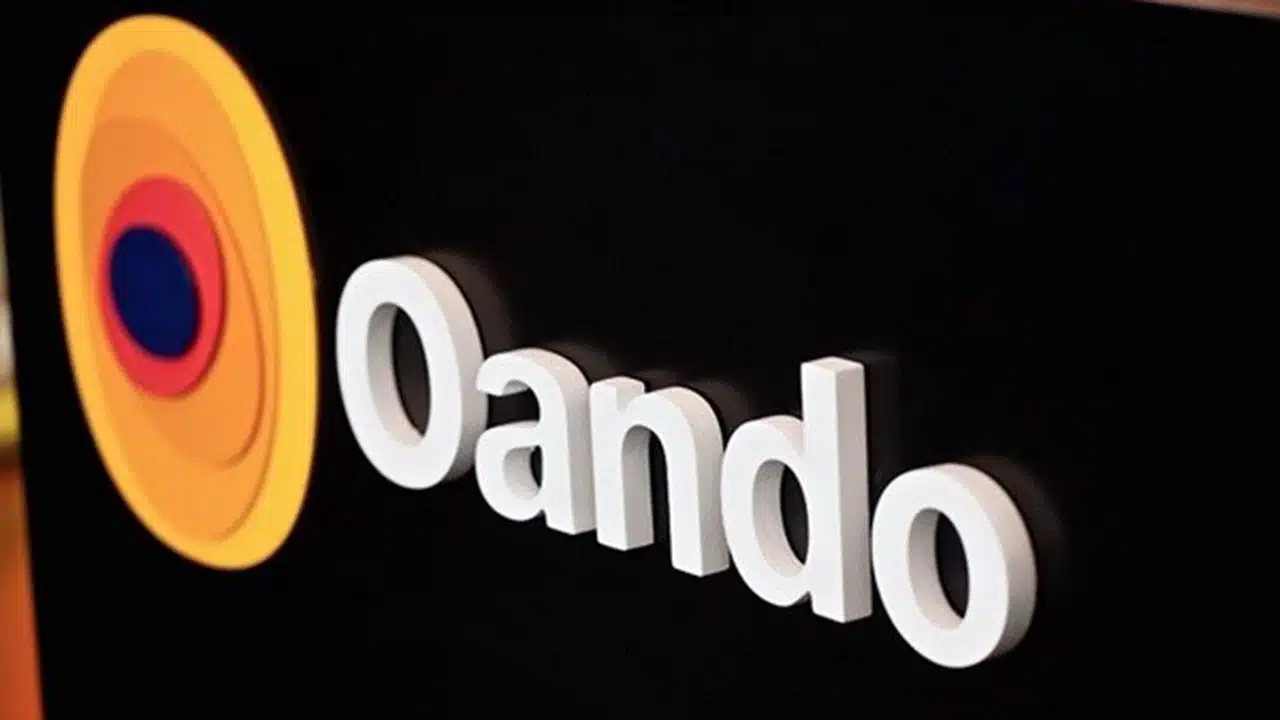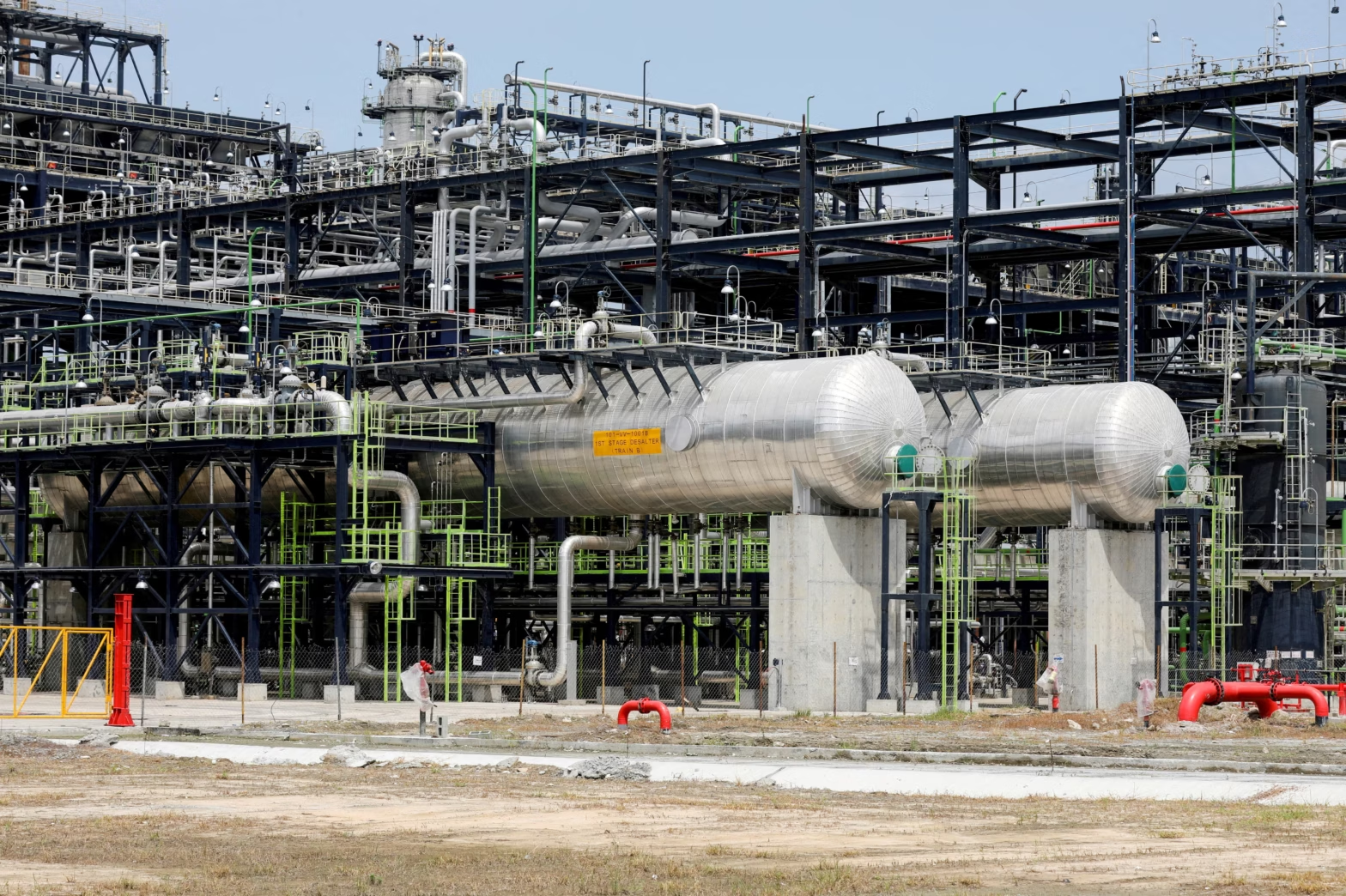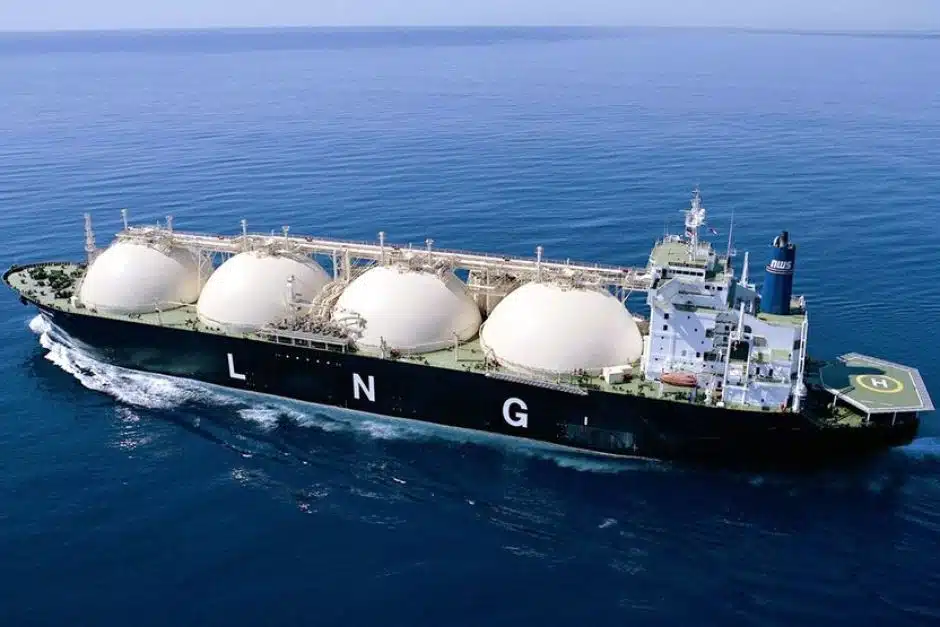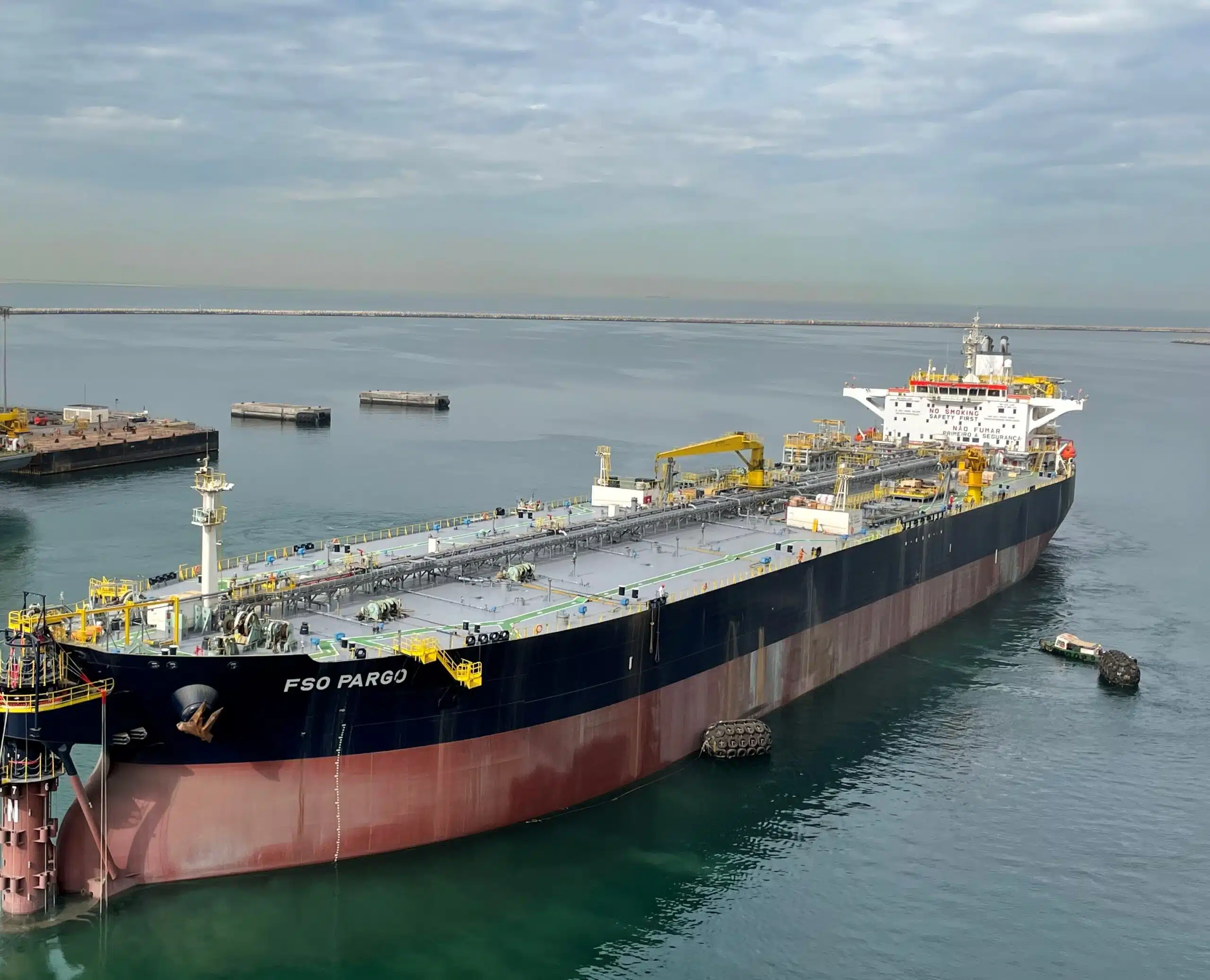Nigerian energy firm Oando PLC reported a remarkable 63% year-on-year increase in upstream production during the six months ended June 30, 2025.
According to Oando’s H1 2025 unaudited results seen by Energy in Africa, the company achieved an average daily output of 37,012 barrels of oil equivalent per day (boepd), up from approximately 22,262 boepd in H1 2024.
This surge in production is attributed to strong gains across all upstream categories.
During the period under review, Oando’s crude oil production increased 77% to about 10,479 barrels per day (bpd), whilst its gas volumes rose by 54% to 25,399 boepd.
In the same way, natural gas Liquids (NGL) production skyrocketed 375%, totaling roughly 1,135 bpd.
Oando attributes this performance largely to its strategic consolidation of the Nigerian Agip Oil Company (NAOC) Joint Venture assets coupled with enhanced operational uptime across key fields.
How Oando performed financially in H1
Despite the production boom, group revenue declined by 15% year-on-year, landing at N1.72 trillion.
The company attributes this revenue fall primarily to softer trading activity and weaker realized oil prices.
The decreased revenue also reflected in the company’s gross profit, which fell 28% to N59 billion.
Even at that, profit after tax remained steady at N63 billion, matching the H1 2024 figure.
Operational insights in H1 2025
Oando significantly increased its capital investment, committing N44 billion to infrastructure upgrades and production optimization tied to the NAOC JV.
- The company reported zero lost-time injuries (LTIs) and logged 12.3 million LTI-free hours.
- On the trading side, Oando lifted 14 crude oil cargoes, up from 10 cargoes in H1 2024.
Overall, in the executive summary of the H1 report, Group CEO Wale Tinubu said the upstream division as the primary engine behind the growth during the period.
Tinubu mentioned that stronger asset integration and enhanced security and reliability measures. These helped Oando maintain greater production and resilience across operations in H1 2025.
Tinubu also noted the performance of its trading arm was downplayed particularly by reduced petrol imports due to increased local refining capacity via the Dangote refinery.
As a result of this, Oando diversified its offtake sources into LNG and metals markets, laying the groundwork for stronger performance in H2.
Future outlook for Oando
Oando is maintaining an ambitious full-year production outlook, targeting between 30,000 and 40,000 barrels of oil equivalent per day (boepd).
To support this, the company has earmarked $250–270 million in capital expenditure (CAPEX) for continued production ramp-up and infrastructure development, while also pursuing a 20% cost reduction goal.
As part of its strategy, Oando plans to drill three new wells and carry out six rig-less interventions to enhance output.
In June, the company upsized its reserve-based lending (RBL2) facility with Afreximbank to $375 million.
The facility is expected to significantly strengthen its working capital position and provide additional financial flexibility to fund extraction and monetize resources more efficiently.
Looking ahead, Oando has set a longer-term target of reaching 100,000 barrels of oil per day and 1.5 billion cubic feet of gas per day by the end of 2029.








